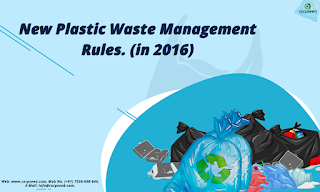Recycle (just) waste, are we sure it's still a good idea?

The recent controversy on how to manage bio plastic waste has had a completely predictable outcome: the return of the party of incinerators which re-proposes the magic solution that makes waste disappear from sight, even if not from the atmosphere we breathe. There is a reason for this return: the latest events have highlighted the limits, if not the failure, of the current urban waste management policy , all based on separate collection and recycling. Mind you: recycling waste is a good thing. And we must not even cheat on the legends that say that the differentiated waste is then mixed together and thrown into landfills. It is not so, indeed, in years of work we have created a first-rate infrastructure for treating urban waste: it is the heritage of the whole society that must be valued. However, it is also true that there are limits to the recycling of waste: just to give you an idea, in India in 2016 less than 50% of the plastic put on the market was differentiated and no more t
